Hope, John Charles William (Flying Officer)
Killed in Action 1944-January-14
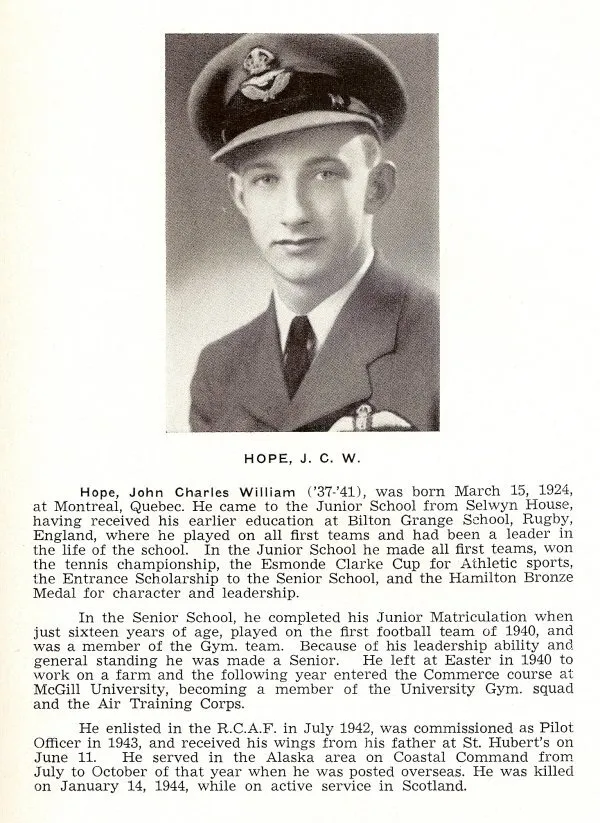

Birth Date: 1924-March-15
Born: Montreal, Quebec
Son of Maj. John Charles Hope and Dorothea Pitcairn Hope, of Montreal, Quebec.
Home: Westmount, Quebec
Enlistment:
Enlistment Date: Unknown
Service
RCAF
Unit
438 Sqn- Squadron
Going Down
Base
Rank
Flying Officer
Position
Flying Officer
Service Numbers
J/27241
Home
 Westmount, Quebec
Westmount, Quebec
Crew or Other Personnel
Hurricane KZ228
Hurricane serial: KZ228
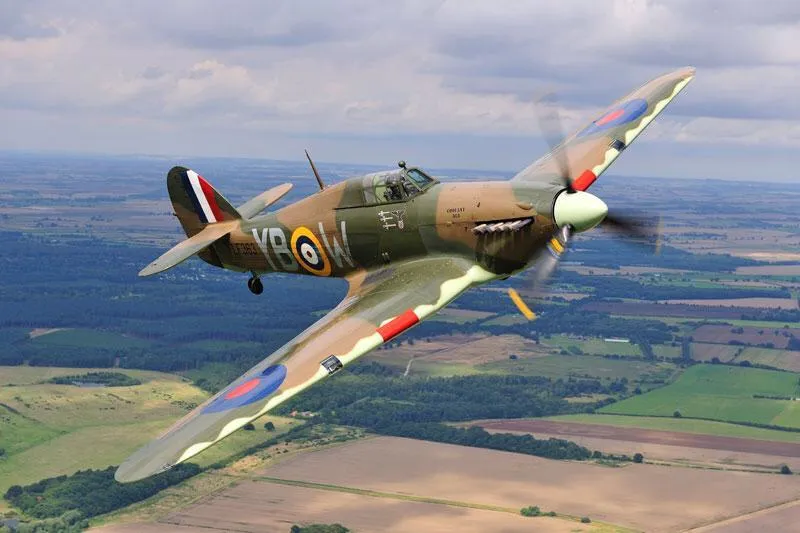
Source BBMF
The Hawker Hurricane is a single-seat fighter aircraft of the 1930s"“1940s that was designed and predominantly built by Hawker Aircraft Ltd. for service with the Royal Air Force (RAF). The Hurricane developed through several versions, as bomber-interceptors, fighter-bombers, and ground support aircraft in addition to fighters. Versions designed for the Navy were popularly known as the Sea Hurricane, with modifications enabling their operation from ships. Some were converted to be used as catapult-launched convoy escorts. By the end of production in July 1944, 14,487 Hurricanes had been completed in Britain and Canada.
A major manufacturer of the Hurricane was Canadian Car and Foundry at their factory in Fort William (now Thunder Bay), Ontario. The facility's chief engineer, Elsie MacGill, became known as the "Queen of the Hurricanes". The initiative was commercially led rather than governmentally, but was endorsed by the British government; Hawker, having recognized that a major conflict was all but inevitable after the Munich Crisis of 1938, drew up preliminary plans to expand Hurricane production via a new factory in Canada. Under this plan, samples, pattern aircraft, and a complete set of design documents stored on microfilm, were shipped to Canada; the RCAF ordered 20 Hurricanes to equip one fighter squadron and two more were supplied to Canadian Car and Foundry as pattern aircraft but one probably did not arrive. The first Hurricane built at Canadian Car and Foundry was officially produced in February 1940. As a result, Canadian-built Hurricanes were shipped to Britain to participate in events such as the Battle of Britain. Canadian Car and Foundry (CCF) was responsible for the production of 1,451 Hurricanes. Wikipedia and Harold A Skaarup Web Page
Unit Desciption
438 Sqn Going Down ("Wild Cat")
History of the Squadron before and during World War II (Aircraft: Hurricane IV, Typhoon IB)
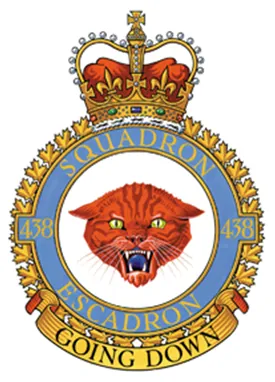
438 Squadron had its roots dating back to September 1934, when it was created in the auxiliaries in Montreal, Quebec as 18 (Bomber) Squadron, at the behest of local francophone World War I veterans and influential members of the local business community and was the first RCAF francophone squadron. Renumbered 118 Squadron on 15 November 1937, its reservists were activated for full time war service on 3 September 1939. The unit’s role changed to Coastal Artillery Co-operation on 28 October and it moved to St John, New Brunswick , where it was equipped with Armstrong Whitworth Atlas and Westland Lysander aircraft. 118 Squadron was re-designated a fighter unit on 8 August 1940 and was disbanded on 27 September 1940. The squadron was re-formed at Rockcliffe, Ontario in December 1940-January 1941 and was equipped with Grumman Goblin Aircraft. It moved to Dartmouth, Nova Scotia in July 1941. In November, it re-equipped with Curtiss Kittyhawk aircraft, and in June 1942 transferred to Annette Island, Alaska , as part of the Canadian reinforcement of the US Army Air Force on the west coast. It was selected as one of the six home fighter squadrons to be sent overseas in October 1943.
It was the first of the six home squadrons to be transferred overseas without its aircraft, and was re-designated No. 438 (FB) Squadron RCAF at Digby, Lincolnshire, England on November 18, 1943. It flew Typhoon aircraft in the preparation for D-Day and afterwards gave close support to the ground troops by dive-bombing and strafing enemy strongpoints, bridges, and road and rail traffic. The squadron moved with the ground troops through France, the Low Countries, and Germany. It was disbanded at Flensburg, Germany on August 23, 1945.
In the course of operations, the squadron flew 4022 sorties for the loss of 28 aircraft and 31 pilots, of whom 17 were killed, 5 missing, and 6 POWs. They dropped2070 tons of bombs and accounted for a large number of rail and road vehicles. The squadron amassed 5 DFCs. Battle Honours were: Fortress Europe 1944, France and Germany 1944-45, Normandy 1944, Arnhem, Rhine.Wikipedia, Kostenuk and Griffin
Maps for Movements of 438 Squadron 1943-45
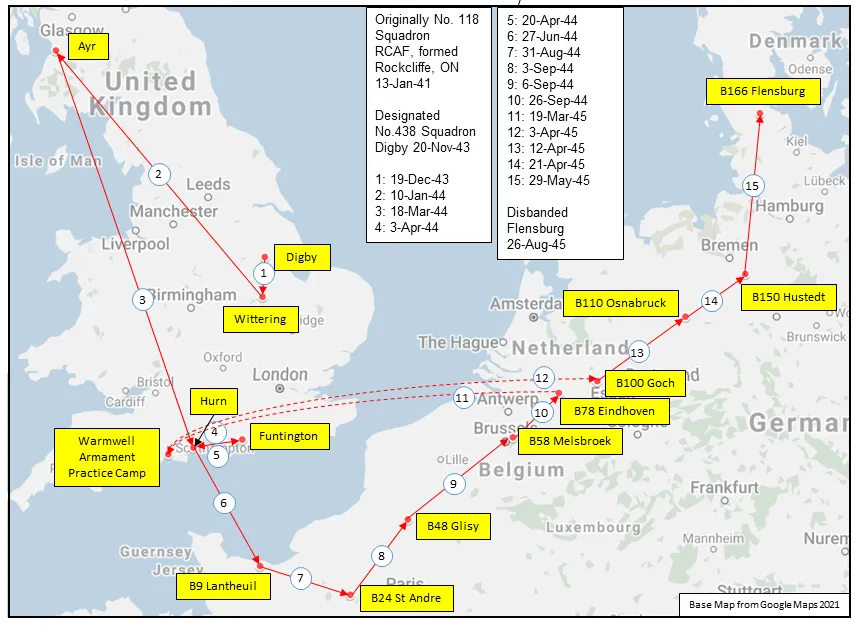
MAP 1: 438 Squadron Movements 1943-45 (right-click on image to display enlarged in new tab)
|
438 Squadron History Summary 1943-45
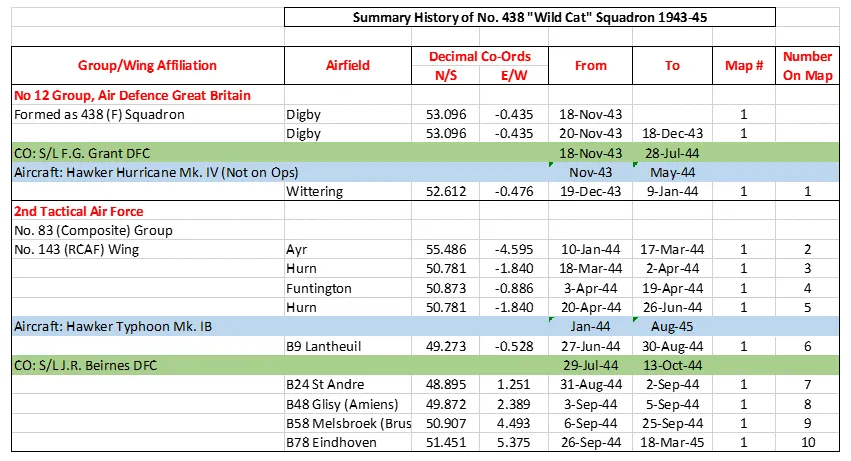
438 Squadron History Summary 1943-45 Page 2

History of the Squadron Post-WWII (Aircraft: Harvard, Vampire III, Silver Star, Sabre 5, Expeditor, Otter, Kiowa, Griffon)
The squadron was re-formed at St. Hubert, Quebec on 15 April 1946, flying de Havilland Vampires and Canadair Sabres, becoming 438 "City of Montreal" Squadron. With unification, it took on the role of an Air Reserve Squadron based at Canadian Forces Base Montreal flying the CC-123 de Havilland Otter and CH-136 Kiowa helicopter. In January 1996, the Kiowas were retired from service and that April the Squadron took delivery of its first CH-146 Griffon. The squadron simultaneously absorbed 401 (Kiowa OTU) Squadron and 1 Tactical Aviation Support Squadron with many Regular Force members. The arrival of the Aviation Tactics Flight in 2015 gave 438 Squadron its current dynamic mixed composition. 438 Squadron also proudly boasts a full 35 piece professional Air Reserve military band. Their reserve status notwithstanding, the members of the 438 Squadron Band are all professional musicians with many possessing remarkable academic achievements in their field.438 Tactical Helicopter Squadron is located at Saint-Hubert, Quebec. With a typical staffing level of 50 percent reservists and 50 percent Regular Force members, 438 Squadron typifies the Total Force concept. Equipped with CH-146 Griffons, 438 Squadron’s tasks include armed and unarmed tactical utility transport, training tactical helicopter aircrew personnel in basic and advanced aviation tactics, technical training of CH-146 ground crew personnel and flight engineers, and the periodic maintenance of CH-146 fleet aircraft. They also include as residual capabilities search and rescue, reconnaissance, and support to federal, provincial and local law enforcement agencies.
 Canadian Virtual War Memorial
Canadian Virtual War Memorial Hurricane
Hurricane Wikipedia Hurricane
Wikipedia Hurricane Harold A Skaarup Web Page
Harold A Skaarup Web Page Hurricane - Kestrel Publications
Hurricane - Kestrel Publications